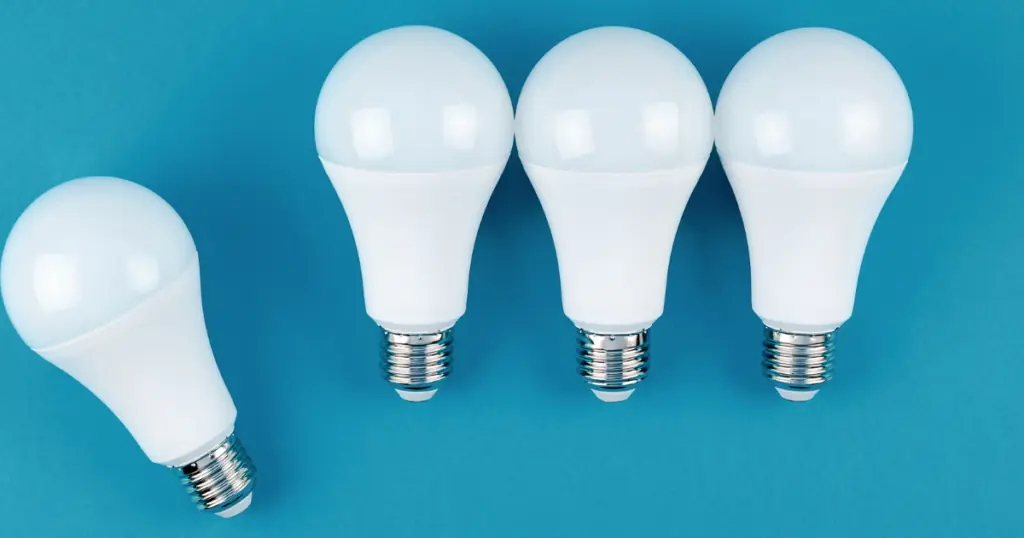In a world increasingly aware of environmental concerns, adopting energy-efficient practices is not only crucial for sustainability but can also lead to substantial cost savings. From upgrading appliances to simple lifestyle changes, here are 15 practical tips to help you boost energy efficiency at home and make a positive impact on both the planet and your wallet.
Upgrade to Energy-Efficient Appliances:
- When it’s time to replace your appliances, opt for those with the Energy Star certification. These models are designed to consume less energy, contributing to a greener and more cost-effective home.
Improve Home Insulation:
- A well-insulated home is key to reducing heating and cooling costs. Investing in proper insulation helps maintain a comfortable temperature and minimizes the need for excessive energy use.
Seal Air Leaks:
- Identify and seal any drafts around windows, doors, and other openings. This simple step prevents heat from escaping in winter and cool air from leaking out during the summer.
Use Programmable Thermostats:
- Take advantage of programmable thermostats to automatically adjust temperatures when you’re away or asleep. This smart technology optimizes your home’s energy use without sacrificing comfort.
Switch to LED Light Bulbs:
- Make the switch to energy-efficient LED bulbs. Not only do they consume less energy, but they also have a longer lifespan compared to traditional incandescent bulbs.
Unplug Electronics When Not in Use:
- Combat “phantom” energy consumption by unplugging electronic devices when they’re not in use. Alternatively, use power strips to easily disconnect multiple devices at once.
Reduce Water Heater Temperature:
- Lowering your water heater’s temperature helps conserve energy. Aim for a setting that maintains comfort while avoiding unnecessary heat loss.
Use Energy-Efficient Windows:
- Consider upgrading to energy-efficient windows with double or triple panes and low-emissivity coatings. These windows help regulate your home’s temperature by minimizing heat transfer.
Upgrade HVAC Systems:
- If your heating, ventilation, and air conditioning (HVAC) system is outdated, consider investing in a more energy-efficient model. This can lead to significant long-term energy savings.
Utilize Natural Light:
- Take advantage of natural light during the day to reduce the need for artificial lighting. Not only does this save energy, but it also enhances the overall ambiance of your living spaces.
Install Ceiling Fans:
- Ceiling fans are effective in circulating air, allowing you to set your thermostat higher in summer and lower in winter without sacrificing comfort.
Reduce Water Usage:
- Install low-flow fixtures and fix any leaks to reduce water usage and, consequently, the energy required to heat water.
Opt for Renewable Energy Sources:
- Consider investing in solar panels or explore renewable energy programs offered by your utility provider. Transitioning to renewable energy sources is a significant step towards a more sustainable lifestyle.
Properly Maintain Appliances:
- Regularly maintain appliances such as refrigerators, air conditioners, and HVAC systems to ensure they operate at maximum efficiency. Simple tasks like cleaning filters and checking for leaks can make a big difference.
Educate Yourself and Others:
- Spread awareness about energy conservation practices within your household and community. Encourage others to adopt energy-efficient habits, fostering a culture of sustainability.
By incorporating these 15 practical tips into your daily life, you can significantly enhance your home’s energy efficiency. Not only will you contribute to a more sustainable future, but you’ll also enjoy the benefits of reduced energy. Stay energy-efficient with these 15 tips and don’t forget to start reducing your CO2 footprint!
























